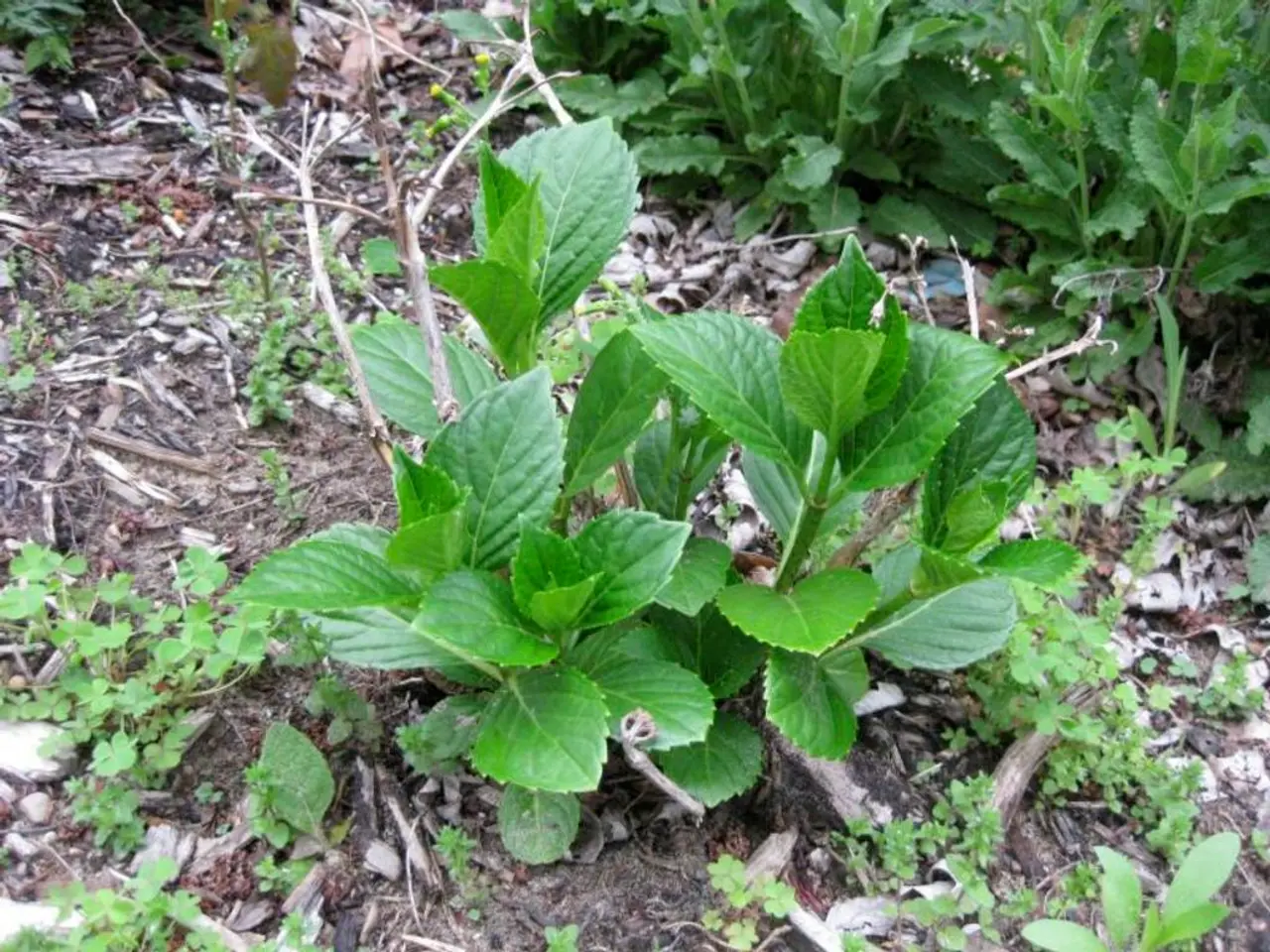Kitchen Garden's Top 10 Herbs for Cultivation
In the heart of every kitchen, fresh herbs can elevate dishes to new heights. For those limited by space or light, indoor herb gardening offers a solution. Here's a list of the top 10 easy-to-grow indoor herbs, each with distinct aromas and culinary applications.
- Basil
Basil thrives in bright, indirect sunlight, warm conditions, and regular watering, but avoid waterlogging. Its sweet, slightly peppery, anise-like aroma is perfect for pesto, salads, tomato dishes, and pasta sauces.
- Mint
Preferring partial shade indoors, mint needs moist soil. Known for its fresh, cool, and menthol-like aroma, mint is great for teas, cocktails, desserts, and savory dishes.
- Chives
Bright light and well-draining soil are essential for chives. With a mild onion flavor and aroma, chives are ideal for garnishing, salads, eggs, and potatoes.
- Parsley
Parsley prefers partial to full sun indoors and even moisture. Its fresh, clean, slightly peppery flavor makes it a versatile garnish for soups, stews, salads, and sauces.
- Thyme
Thyme enjoys bright light and well-draining soil, and it's somewhat drought-tolerant once established. Its earthy, slightly minty and lemony aroma is excellent for flavoring meats, soups, stews, and roasted vegetables.
- Rosemary
Rosemary needs lots of sunlight and well-drained soil. Its woody, pine-like, strong aroma is perfect for roasting meats, potatoes, breads, and marinades.
- Oregano
Oregano prefers full sun or bright light indoors and moderate watering. Its strong, spicy, and pungent flavor is ideal for pizza, sauces, Mediterranean dishes, and more.
- Coriander (Cilantro)
Coriander prefers bright indirect light and well-drained soil. Its citrusy, fresh aroma is perfect for garnishing salsas, curries, salads, and soups.
- Dill
Dill prefers cooler conditions, bright light, and well-draining soil. Its fresh, tangy, slightly grassy flavor is ideal for pickling, salads, fish dishes, and soups.
- Sage
Sage fares well indoors with bright light and well-drained soil, lending its distinctive warm, earthy aroma to savory dishes like flavoring meats, stuffing, sausages, and sauces.
Maintaining well-drained soil, adequate light, and consistent but not excessive watering are key for indoor herb success. Aromas can be enhanced by pruning and harvesting leaves regularly to encourage fresh growth. With these easy-to-grow indoor herbs, kitchen gardening becomes a delightful and flavorful endeavor.
- An organic home-and-garden nursery can provide the necessary seeds and accessories for starting an indoor herb garden.
- To decorate the indoor garden, consider using pots and containers that complement the food-and-drink lifestyle.
- By gardening indoors, one can grow healthy-cooking herbs like basil, mint, chives, and parsley, among others, even in small living spaces.
- While organic soil is essential for indoor herb gardening, ensure it drains well to prevent waterlogging and root decay.
- Beyond enhancing cooking, the process of indoor gardening itself promotes a gardening lifestyle, providing a connection to nature and promoting a sense of health and wellness.
- As the herbs grow, they can be used for cooking, bringing a fresh, organic element to meals, making them not just delicious but also part of a healthy lifestyle.
- The gardening of indoor herbs can extend beyond the kitchen, with culinary applications in drinks, desserts, and even homemade herbal teas.
- For those passionate about the food-and-drink industry, indoor gardening can be an exciting and rewarding addition to both their lifestyle and kitchen skills.




